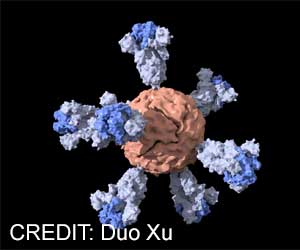into the brain’s processes, functions, and diseases over the past decades. The most commonly used method is electroencephalography (EEG).
“The flexibility and functionalities of our device will help make it more compatible with biological tissues and decrease adverse effects, all of which contribute to increasing the lifespan of the neural interface,” says Prof. Sohee Kim from Daegu Gyeongbuk Institute of Science and Technology (DGIST), Korea, who led the study.
3D flexible neural interface
Earlier studies on the development of long-lasting brain interfaces remain challenging. However, the new study has designed a 3D multifunctional and flexible neural interface that can be implanted directly into the brain. Moreover, it can also deliver liquid drugs to the implantation site.
The study results were validated through brain interface experiments on live rats, followed by an analysis of the drug concentration in the tissue around the needles. Hence, the device holds several implications across multiple disciplines.
“Our device may be suitable for brain-machine interfaces, which enable paralyzed people to move robotic arms or legs using their thoughts, and for treating neurological diseases using electrical and/or chemical stimulation over years,” says Dr. Yoo Na Kang of the Korea Institute of Machinery & Materials (KIMM), first author of the study.
Source: Medindia



